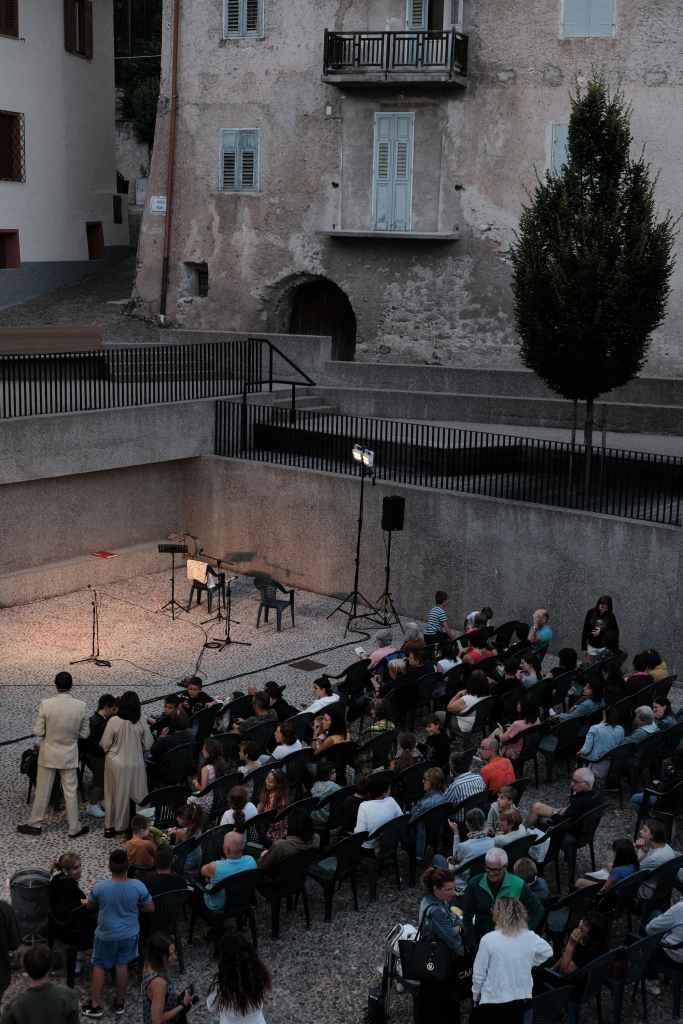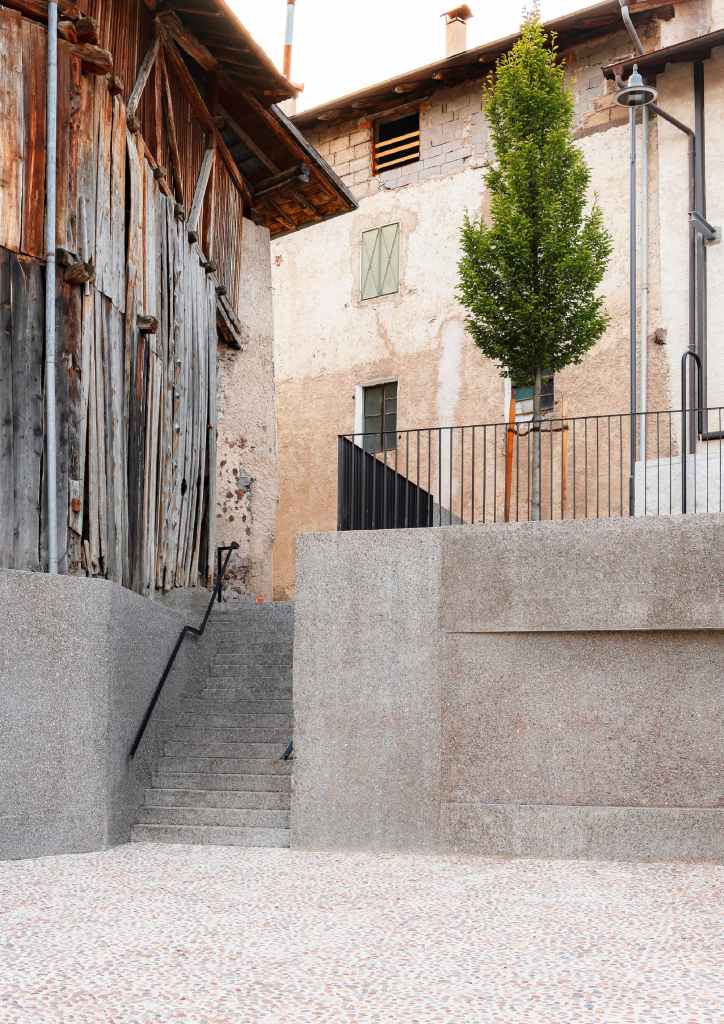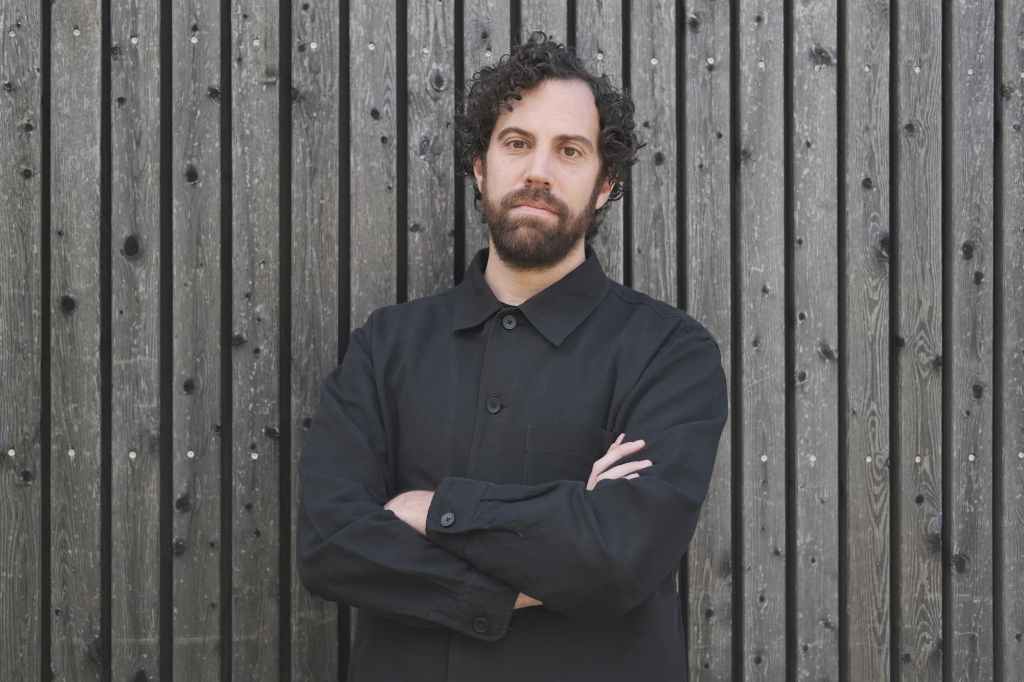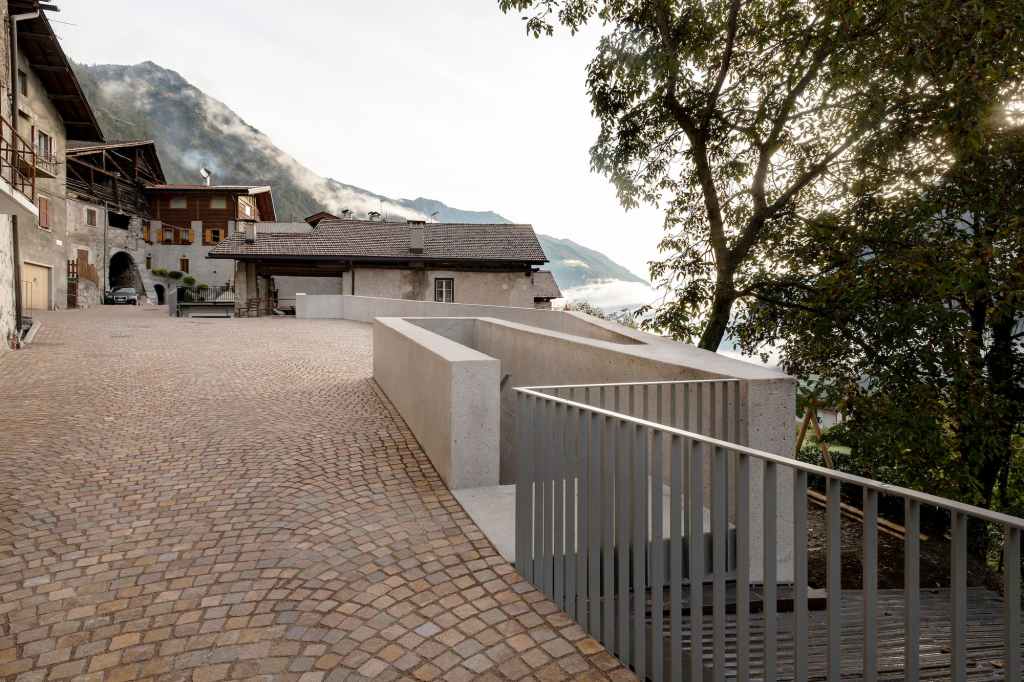As architecture reckons with its relevance in a changing world, Harvard University Graduate School of Design has recognized Italian architect Mauro Marinelli with the 2025 Wheelwright Prize for his work in fragile mountain regions. His project, Topographies of Resistance: Architecture and the Survival of Cultures, investigates how architecture can support cultural resilience in high-mountain communities threatened by climate change, infrastructural neglect, and depopulation. The $100,000 research grant will fund two years of fieldwork across the Alps, Andes, and Himalayas.

Marinelli’s work stands out for its deep commitment to autonomy, sustainability, and the empowerment of communities often excluded from dominant urban-centric architectural discourse. Through on-the-ground research, experimental design, and comparative analysis, he aims to develop new architectural strategies that foreground cultural survival in the face of environmental and economic pressure.
“Architecture must move beyond its metropolitan reflex,” Marinelli said in a statement. “This award allows me to explore how architecture can meaningfully contribute to the cultural and ecological vitality of mountain territories.”

The prize, established in 2013, supports early-career architects with globally focused research. Marinelli joins a growing cohort of designers whose work addresses material, social, and ecological urgencies beyond traditional building typologies.
Sarah M. Whiting, Dean of the GSD, praised Marinelli’s “thoughtful, site-responsive approach,” adding that his research reflects an emerging architectural ethos—one “tied to place, self-sufficiency, and the nuances of climate, geography, and identity.”
Who is Mauro Marinelli?

A PhD graduate of the Politecnico di Milano and co-founder of the Alps-based studio franzosomarinelli, Marinelli has long been immersed in questions of fragility and context. His practice is grounded in material research and spatial strategies tailored to remote, culturally rich environments. His studio’s work has been exhibited widely and is characterized by a quiet radicalism—responding not with spectacle, but with sensitivity.
With this year’s prize, Marinelli joins the Wheelwright Prize’s growing legacy of architects using research as a tool to expand design’s agency across geographies, scales, and disciplines. At a time when architectural education and practice are re-examining their relationship to extractive economies and planetary crises, Marinelli’s focus on overlooked mountainous territories offers not just a new terrain for investigation—but a timely reminder of the profession’s evolving responsibilities.
Spotlight on the Finalists: A Cohort of Bold Thinkers
This year’s jury—comprising Sarah Whiting; Chris Cornelius (University of New Mexico); Grace La (GSD); Jennifer Newsom (Cornell); Tosin Oshinowo (Oshinówò Studio); and Noura Al Sayeh (Bahrain Authority for Culture and Antiquities)—reviewed an exceptionally competitive and international pool of applicants. Three additional finalists were recognized for visionary proposals:
- Meriem Chabani (NEW SOUTH, Paris): With a background in architecture, urban planning, and anthropology, Chabani proposes interventions for vulnerable populations in contested territories. Her projects span a cultural center in Myanmar, a refugee art hub in Brussels, and the upcoming Mosque Zero in Paris. Her practice prioritizes inclusivity, spatial justice, and postcolonial narratives.
- Mohamad Nahleh (Ohio State University): Nahleh’s research expands architecture’s role in understanding the night—not merely as absence or backdrop, but as a spatial and cultural condition. Drawing from environmental history, postcolonial literature, and anthropology, his work destabilizes conventional metaphors of light and darkness, urging architecture to engage with the politics and poetics of nocturnal life.
- Alfredo Thiermann (EPFL, Lausanne): Thiermann, a historian and architect, explores the intersections of architecture and media. His recent book, Radio-Activities: Architecture and Broadcasting in Cold War Berlin (MIT Press, 2024), traces how spatial design was shaped by—and helped shape—broadcast technologies. His proposal continues this line of inquiry into architecture’s entanglement with systems of transmission and power.
Each finalist offered a compelling model of how architecture can intersect with broader systems—ecological, technological, political, and temporal.
